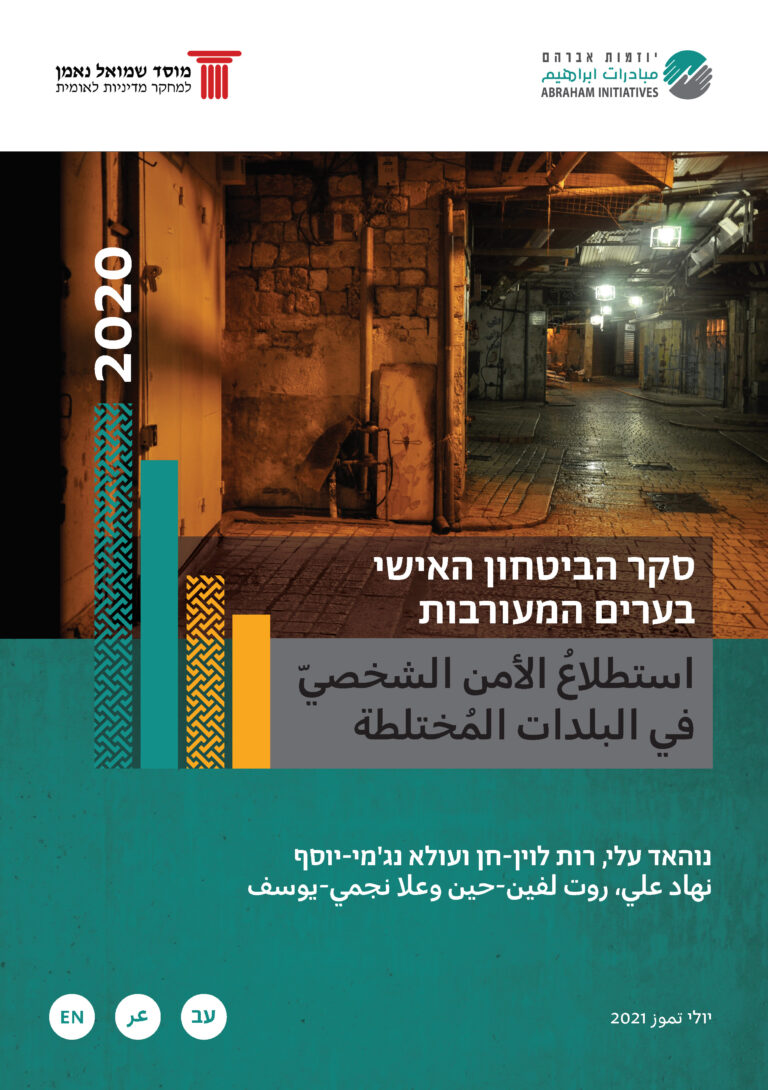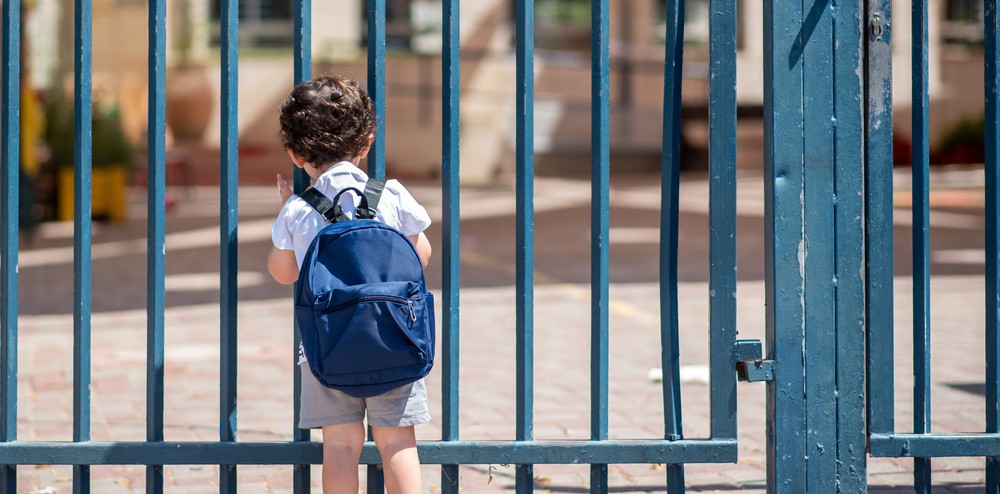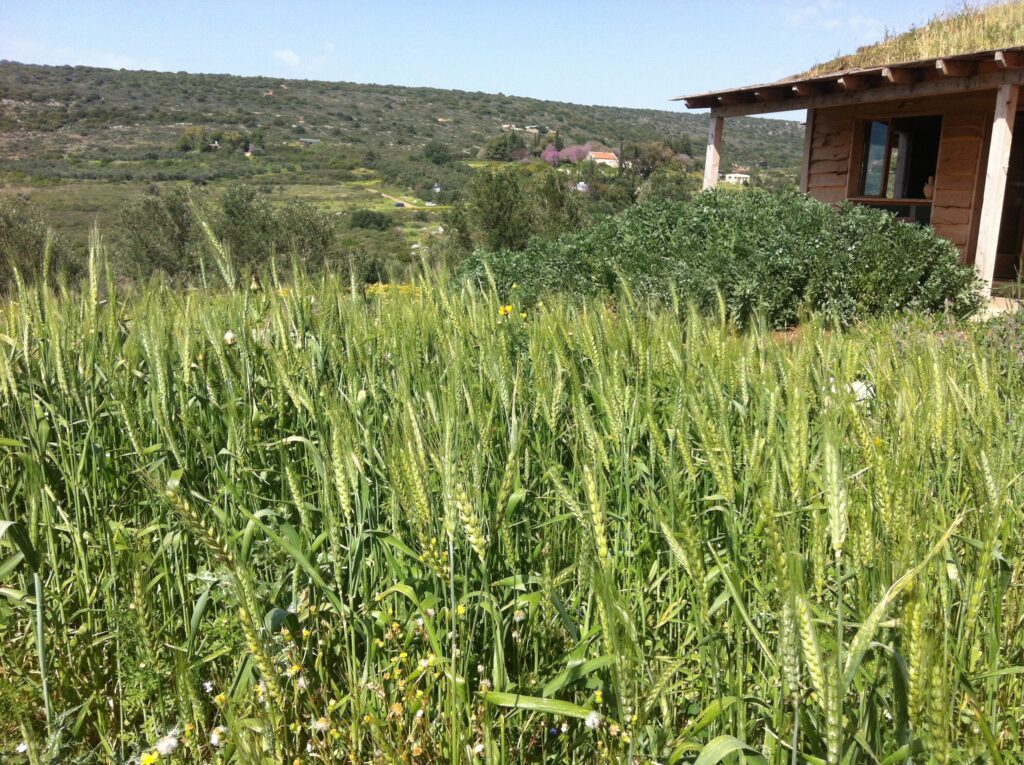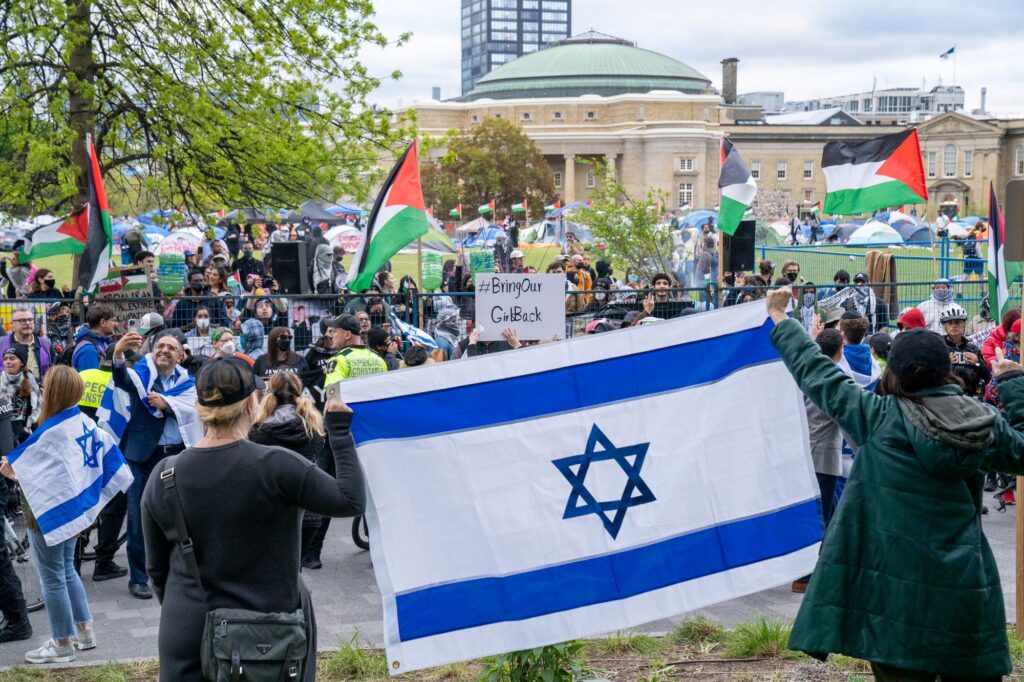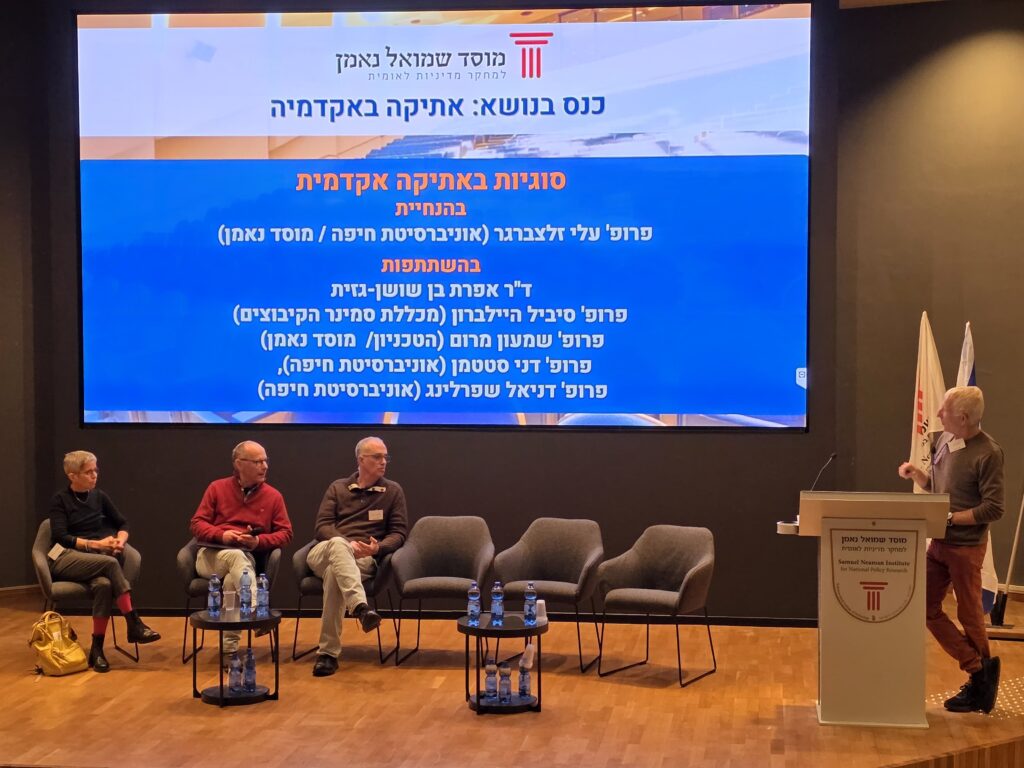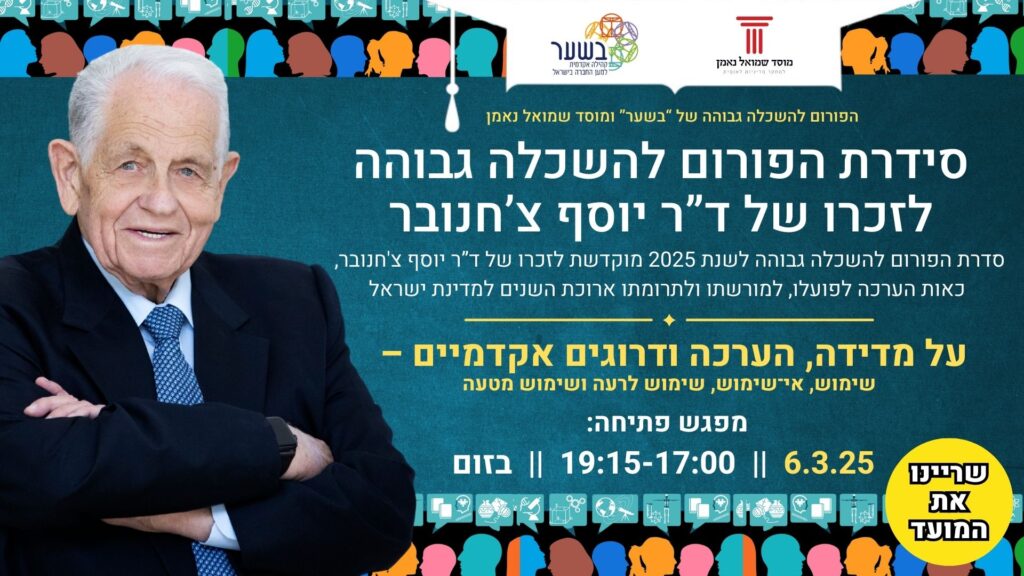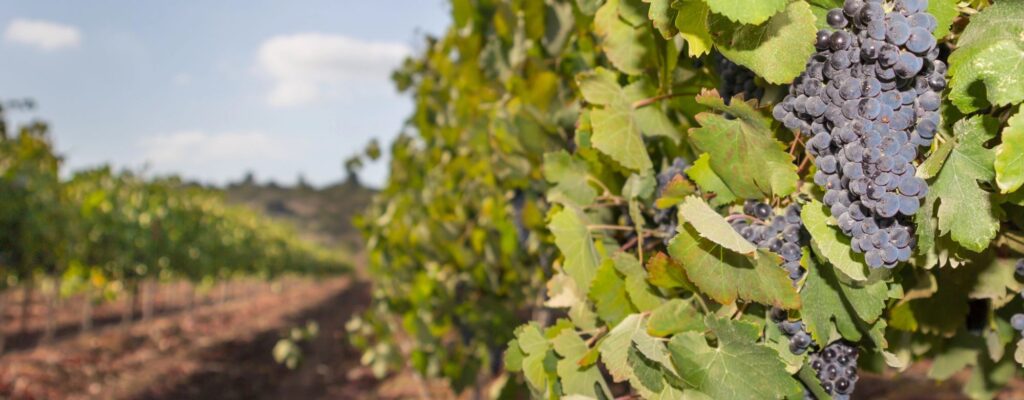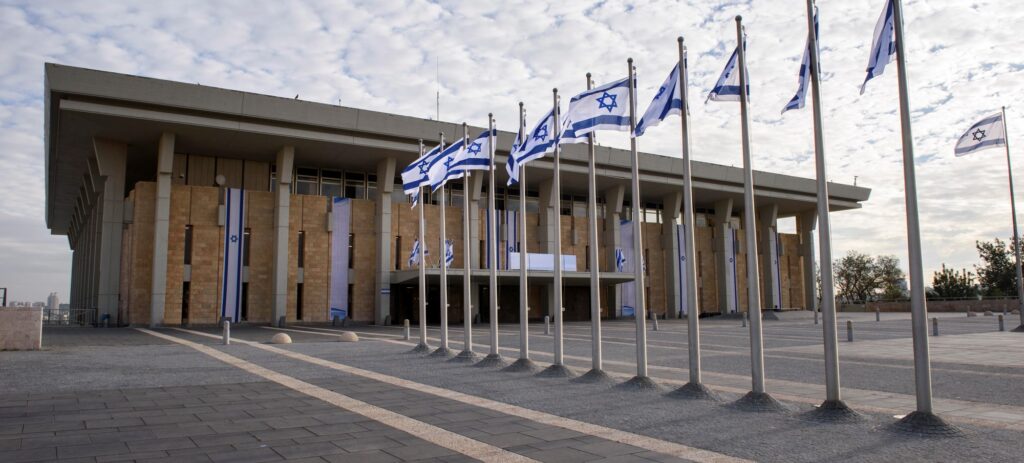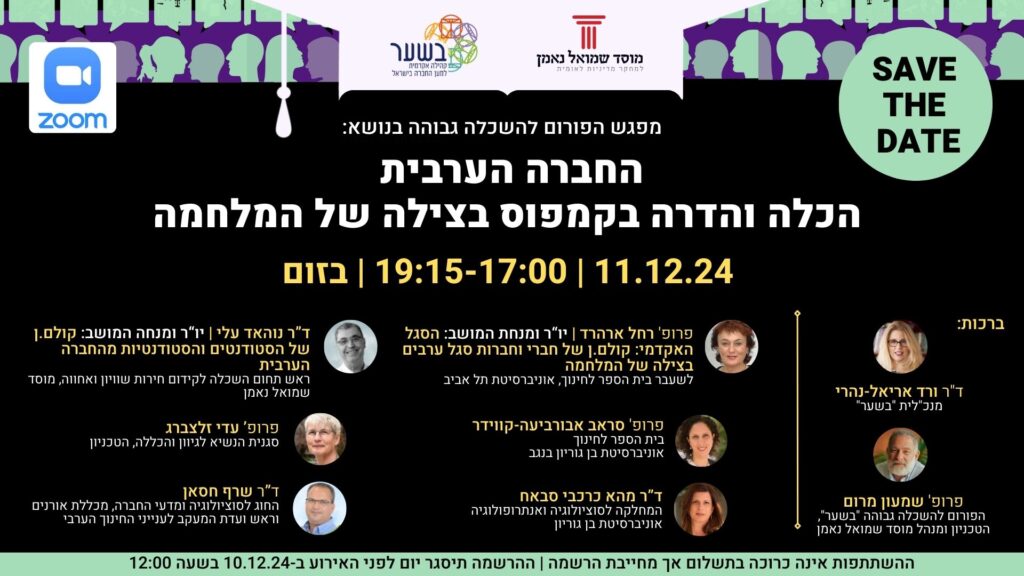סקר הביטחון האישי בחברה הערבית בערים המעורבות לשנת 2020 הינו הדו”ח הראשון שמתמקד בסוגיות של אלימות, פשיעה ושיטור בקרב אוכלוסייה זו.
פרסום זה מצטרף לדו”חות של “מדד הביטחון האישי והקהילתי” שעמותת יוזמות אברהם ומוסד שמואל נאמן למחקרי מדיניות בטכניון מפרסמים מדי שנה בשנה, ואשר מספקים לקוראים תמונת מצב על עמדותיהם של האזרחים הערבים בסוגיות של שיטור ואלימות.
הדו”ח הנוכחי נולד מתוך ההבנה שבעוד החברה הערבית בכללותה סובלת ממציאות קשה של עלייה במקרי אלימות ופשיעה בשנים האחרונות, הרי שהתושבים הערבים של הערים המעורבות סובלים מייצוג יתר במקרי אלימות בהשוואה לכלל החברה הערבית, וסוגיה זו לא זוכה למקום מספק על סדר היום הציבורי.
ראשית, יש להבין מהי עיר מעורבת אשר בה מתמקד הדו”ח.
המושג ערים מעורבות מתייחס לערים שבהן יהודים וערבים מתגוררים בסמיכות, אך הערים המעורבות שונות זו מזו: חלק מהערים המעורבות בישראל הן ערים מעורבות היסטוריות, אשר יהודים וערבים התגוררו בהן לפני 1948 ולמעשה היה בהן רוב מובהק של אוכלוסייה ערבית עד להקמת מדינת ישראל. עם ערים אלה אפשר למנות את רמלה, לוד, עכו וחיפה, וכן תל אביב – יפו אשר נוצרה כתוצאה מאיחוד של תל-אביב היהודית ויפו הערבית ב-1949 .
לעומתן, ישנן ערים מעורבות שהוקמו כערים יהודיות אשר במרוצת השנים עברו אליהן תושבים ערבים מתוך רצון לשפר את איכות חייהם. ערים אלה כוללות את נוף הגליל (לשעבר נצרת עילית) וכן ערים מעורבות בהתהוות כמו כרמיאל, עפולה וצפת. מעלות-תרשיחא הינה תוצאה של איחוד בין היישוב הערבי הוותיק תרשיחא והעיר היהודית הצעירה יותר, מעלות.
נתון הממחיש את הצורך בעיסוק בתופעות של אלימות ופשיעה בחברה הערבית בערים המעורבות הוא מספר קורבנות ההריגה והרצח באוכלוסייה זו בשנים האחרונות:
בשנת 2018 נהרגו בנסיבות אלימות 19 ערבים תושבי הערים המעורבות, מתוך 71 הרוגים מקרב כלל האזרחים הערבים במדינה בשנה זו (קרוב ל-%27 מכלל ההרוגים) . בשנת 2019 עלה מספר ההרוגים ל-21( כ-%24 מ-89 ההרוגים בחברה הערבית בשנה זו. בשנת 2020 מספר ההרוגים הערבים מקרב תושבי הערים המעורבות עמד גם כן על 21( כ-%22 ,מתוך 96 הרוגים ב-2020 ,)וזאת אף על פי ששיעורם של האזרחים הערבים שמתגוררים בערים המעורבות הוא רק כ-%10 מכלל החברה הערבית.
על מנת להבין טוב יותר את עמדותיהם של התושבים היהודים והערבים בערים המעורבות ביחס לתופעות של אלימות ופשיעה, ערכנו סקר שבו נשאלו התושבים לגבי תחושותיהם בנוגע לסוגים שונים של פשיעה, וכן בנוגע לעבודת המשטרה ולעבודת מוסדות נוספים, מקרב החברה והמדינה, לצמצום תופעות אלה.
תופעת האלימות בחברה הערבית לא נוצרה יש מאין.
הסיבות לה רבות, והמרכזיות כפי שציינו בפרסומים קודמים שבהן הן:
מצבה החברתי־כלכלי של האוכלוסייה הערבית – מחצית מכלל המשפחות הערביות מוגדרות עניות וכמעט שני שלישים מהילדים הערבים חיים מתחת לקו העוני; אבטלה נרחבת – בעיקר בקרב צעירים וצעירות; תמורות בתפקיד המשפחה בחברה הערבית ומעבר לחברה אינדיבידואליסטית יותר, הגורמים לכך שהמשפחה אינה מקור לביטחון ולאכיפת החוק כפי שהייתה בעבר, אך גם הרשויות עדיין לא ממלאות תפקיד זה במידה מספקת בחיי האזרחים הערבים; מחסור בקרקעות ובהיצע בדיור מספק לחברה הערבית, סוגיה שבולטת במיוחד בערים המעורבות אשר לא מציעות פתרונות דיור הולמים לאוכלוסייה הערבית ההולכת וגדלה; ויחסים רעועים עם משטרת ישראל אשר לאורך שנים ראתה באזרחים הערבים איום ביטחוני פוטנציאלי ומנעה מהם שירותי משטרה ראויים. עבודת המשטרה, המאופיינת בשיטור יתר ובשיטור חסר ,באה לידי ביטוי גם בערים המעורבות.
אמנם בערים אלה, בשונה מהיישובים הערביים, תחנות משטרה אינן דבר חדש, אך היחס של השוטרים לתושבים הערבים של הערים המעורבות אינו זהה ליחס הנהוג כלפי התושבים היהודים והיחסים בין המשטרה לתושבים מאופיינים ביתר מתיחות וחיכוכים.
בנוסף לתופעות של אלימות שמימדיהן גדלו בשנה זו, שנת 2020 היתה גם השנה שבה פרצה בישראל, ובעולם בכלל, מגפת הקורונה. נגיף הקורונה, שהתפשטותו בישראל החלה במרץ 2020 ,יצר איום מוחשי חדש לכלל החברה הישראלית, ולחברה הערבית בפרט. מצב החירום החדש שנוצר תפס את החברה הערבית בתת-מוכנות בשל הסנטימנט הרואה בחברה הערבית קבוצה נבדלת, שמצבי החירום אינם מאיימים עליה, במקרה הטוב, או שהיא עצמה חלק ממעגל האויבים האחראים ליצירת מצב החירום, במקרה הרע. כך, החברה הערבית הגיעה למשבר הקורונה כאשר היא פחות ערוכה להתמודדות עם מצב החירום.
בנוסף, מאפייניה של החברה הערבית הפכו אותה לפגיעה יותר למגפת הקורונה בהשוואה לקבוצות אחרות בחברה הישראלית:
תקנות הקורונה העמידו אתגר רציני לנורמות החברתיות בחברה הערבית, שמשחקות תפקיד מרכזי שאין להמעיט בערכו. הן חייבו את האזרחים הערבים להתנזר מהקהילתיות ומהמשפחתיות, שמשמשות עמודי תווך בחיי היום-יום, ולהמירן בריחוק חברתי ובהימנעות מפרקטיקות דתיות וקהילתיות; הקירבה הפיסית למשפחה המורחבת הנובעת מהמגורים בסמיכות לבני משפחה אחרים מעודדת מפגשים ומגע אשר אופי המגפה ביקש לעצור כליל; ומבחינה כלכלית, משבר הקורונה פגע יותר בעובדים במשרה חלקית ובעבודות צווארון כחול אשר לחברה הערבית ייצוג יתר בהן.
בגלל הצורך באכיפת הנחיות הקורונה, נחוותה בכל הארץ עליה בנוכחות של גורמי משטרה וצבא, כגון פיקוד העורף. המפגשים התכופים בין כוחות הביטחון לאזרחים הערבים היוו הזדמנות לשיפור האמון במשטרה בשל המאבק האזרחי המשותף במגפה, שאינו מבחין בין יהודים לערבים, אך לא היו נטולי חיכוכים אלימים על רקע אכיפת ההנחיות.
אם כן, סקר הביטחון האישי והקהילתי בערים המעורבות לשנת 2020 התמקד בארבעה תחומים:
- תחושותיהם ועמדותיהם של תושבי הערים המעורבות כלפי היקף האלימות והפשיעה ביישוביהם וכלפי תופעות ספציפיות של אלימות ביישוב מגוריהם;
- היקף החשיפה של האזרחים לתופעות של אלימות ופשיעה, אם במישרין ואם באמצעות חברים או קרובי משפחה שנחשפו לתופעות אלה;
- נכונותם של הערבים בערים המעורבות להירתם למאבק באלימות;
- עמדות תושבי הערים כלפי המשטרה ותחושותיהם ביחס להתנהגותה כלפיהם.
לאור מרכזיות הסוגיות הנוגעות למגפת הקורונה בחיי האזרחים היהודים והערבים בשנת 2020 ,ראינו לנכון לשלב בסקר שאלות גם בנוגע לדאגה של התושבים מפני התפשטות נגיף הקורונה ועל שביעות הרצון שלהם מתפקודם
של מוסדות שונים לצמצום המגפה.
הסקר נערך בקרב מדגם מייצג של החברה הערבית בערים המעורבות מעלות-תרשיחא, עכו, חיפה, לוד, רמלה ותל אביב – יפו. לשם השוואת הממצאים נערך סקר בקרב מדגם של החברה היהודית בערים אלה. מכיוון שסקר זהה מבחינת הרכב השאלות הועבר גם בחברה הערבית ובחברה היהודית בכלל הארץ, כחלק ממדד הביטחון האישי והקהילתי בחברה הערבית, עבור חלק מהשאלות הדו”ח כולל השוואה גם בין האוכלוסיות בערים המעורבות לאוכלוסיות (היהודית והערבית) ברמה הארצית.
מהסקר עולה תמונה עגומה ביחס לתופעות האלימות והפשיעה ולהשפעתן על חייהם של התושבים הערבים של הערים המעורבות. יתרה מכך, ממצאי הסקר מראים שתופעות אלה לא משפיעות רק על התושבים הערבים, כי אם זולגות גם לחברה היהודית שמתגוררת בערים המעורבות ואשר חווה איום של תופעות של אלימות יותר מאזרחים יהודים אחרים שאינם תושבי הערים המעורבות.


